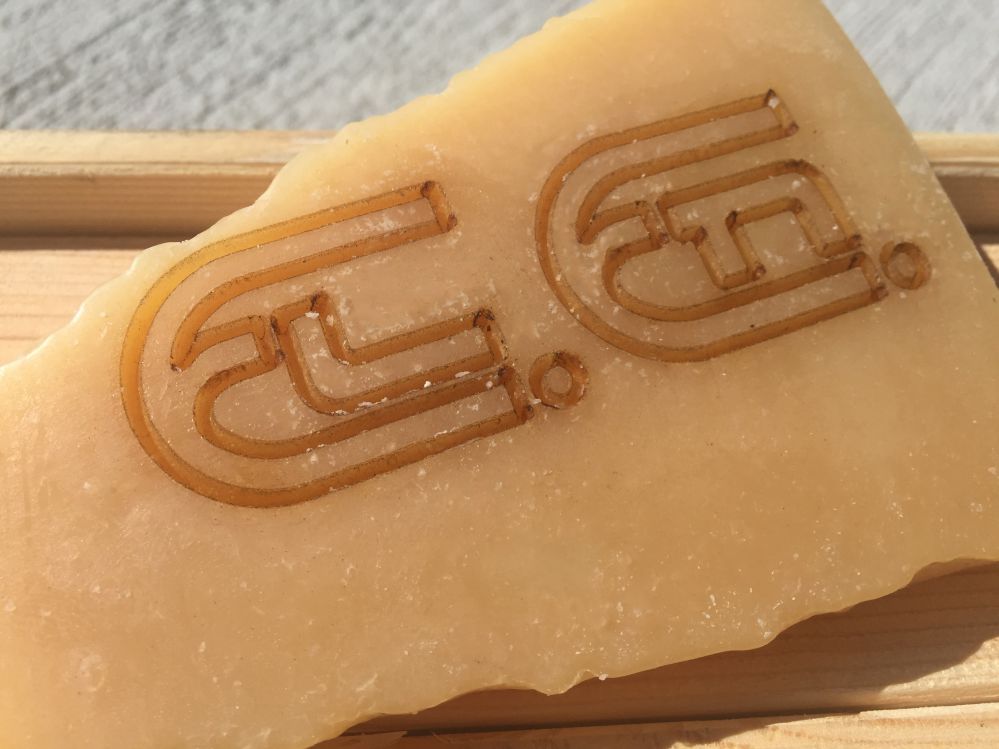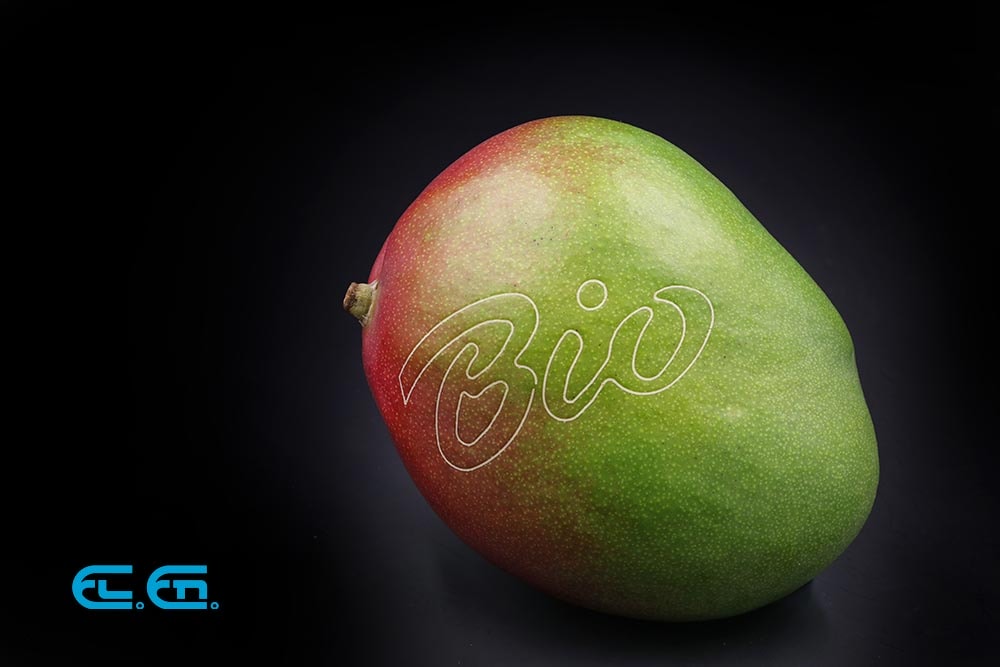In recent years, CO2 lasers have increasingly been used as work tools in the abrasive material sector. CO2 laser technology can perform advanced processes which are well-adapted to new generation products (suitable for the most innovative processes and sectors).
The production of abrasive discs is a perfect example of this type of production. One of the most appreciated features of an abrasive disc is its ability to facilitate the elimination of debris from a work surface. In order to obtain the desired effect, there are holes on the disc to facilitate the expulsion of debris. The holes need to have a certain size, be evenly and precisely distributed on the disc, and have a specific surface density to be effective.
Nowadays, in the abrasive disc production sector, the most used tools are mechanical ones like blades and dies. The main advantage of these tools is that they are cost effective.
However, the production of abrasives with dies also has several disadvantages:
- Limited accuracy. Due to technical limitations, blades and dies cannot perform work under a certain diameter, with narrow spacing or in special arrangements. Therefore abrasives produced with mechanical methods can hardly reach the optimization levels required by the most advanced applications.
- Deformed surfaces. The cutting process is achieved through mechanical contact. This exposes the processed object to the risk of deformation. The disks produced from a matrix sheet are often deformed by the pressure of the dies. The disc acquires a concave or convex shape which reduces the usable abrasive surface and therefore makes it less effective
- Tooling costs are increased. Cutting tools get worn quickly by their application to abrasive materials. These tools need to be replaced frequently which increases the overall production costs.
- Lack of adaptability. Most shape variations and modifications require the acquisition of different cutting tools.
Laser technology for abrasive materia die cutting
The CO2 laser is an optimal production medium for flexible abrasives since it has none of the previously mentioned shortcomings. In recent years the cost oflaser material processing has lowered, and therefore become much more used the abrasive material sector.
Laser’s main advantages in cutting abrasives are:
- Easy to calibrate. Characteristics such positioning, distribution, and the diameter of the holes (which can be very small) can be calibrated with great precision. Laser is therefore suitable the advanced, high precision processes required by the market
- No risk of deformation. Laser is a non-contact process therefore the risk of the material getting deformed are close to none. Abrasive discs produced with laser are much more efficient than abrasive discs produced with mechanical methods
- Low maintenance costs. Lasers used for the processing of abrasive materials are not subject wear because there is no physical contact between the tool and the material
- Flexibility. Laser technology makes it possible to totally or partially modify the shape to be cut by simply making changes to the processing file on the software. This method saves on time and the cost of procuring a new mechanical tool
A very promising sector
These are just some of the possible laser applications in the field of abrasives, and each has its own characteristics and needs. Laser processing of abrasives is a very promising field of application. Our CO2 laser sources combined with our galvanometric scanning heads are ideal for this type of application: powerful, effective and precise, they can be easily integrated into existing production systems or to new digital converting machines as well as to an industry 4.0 production chain. Contact our El.En.experts to answer your questions and find the right solution for your needs.




